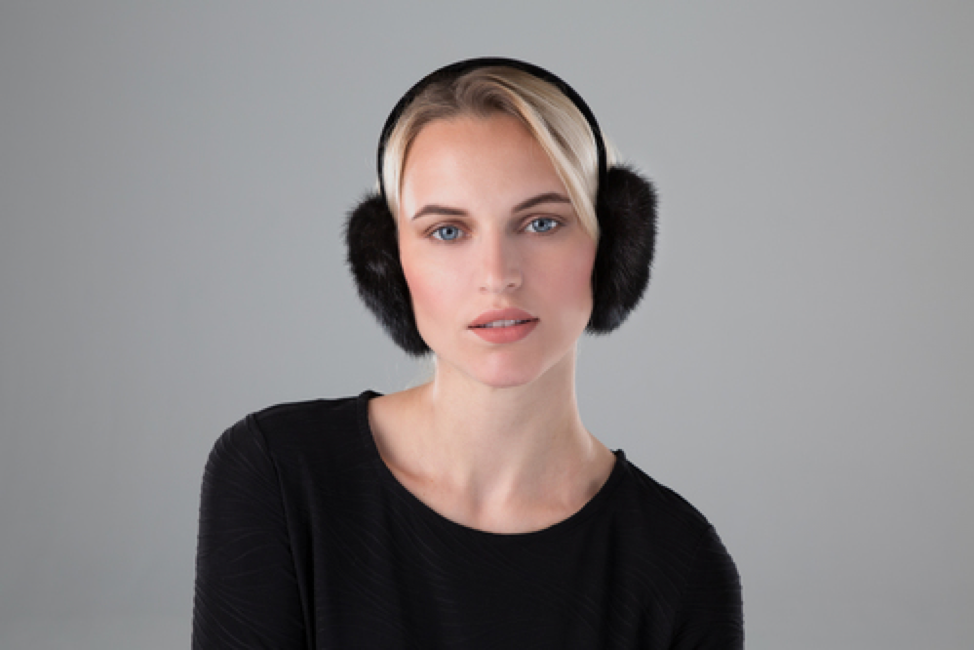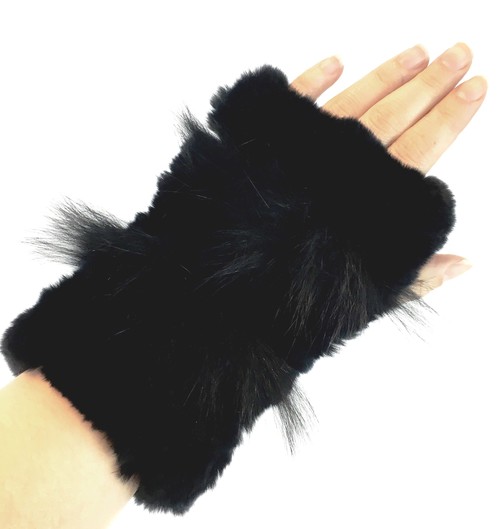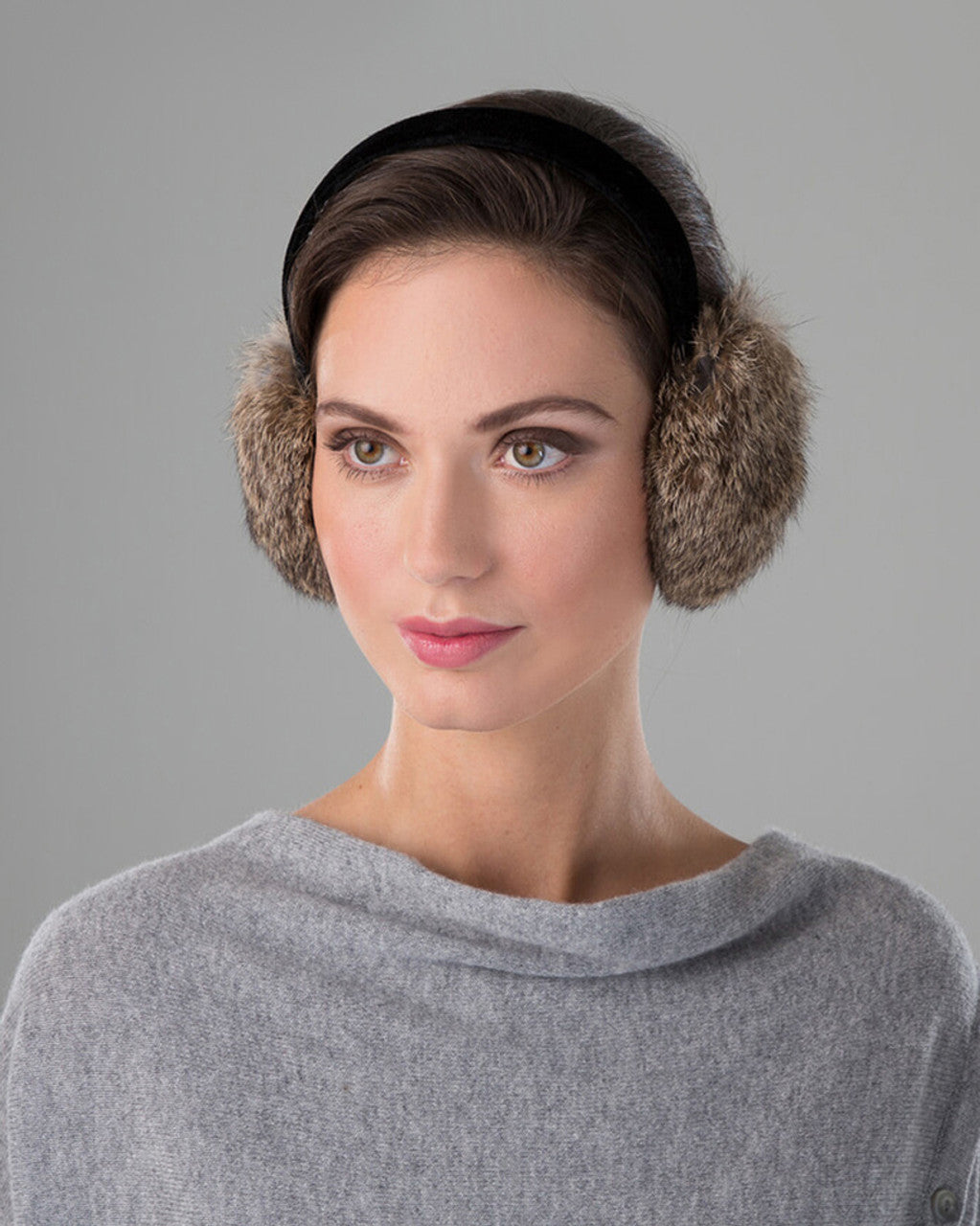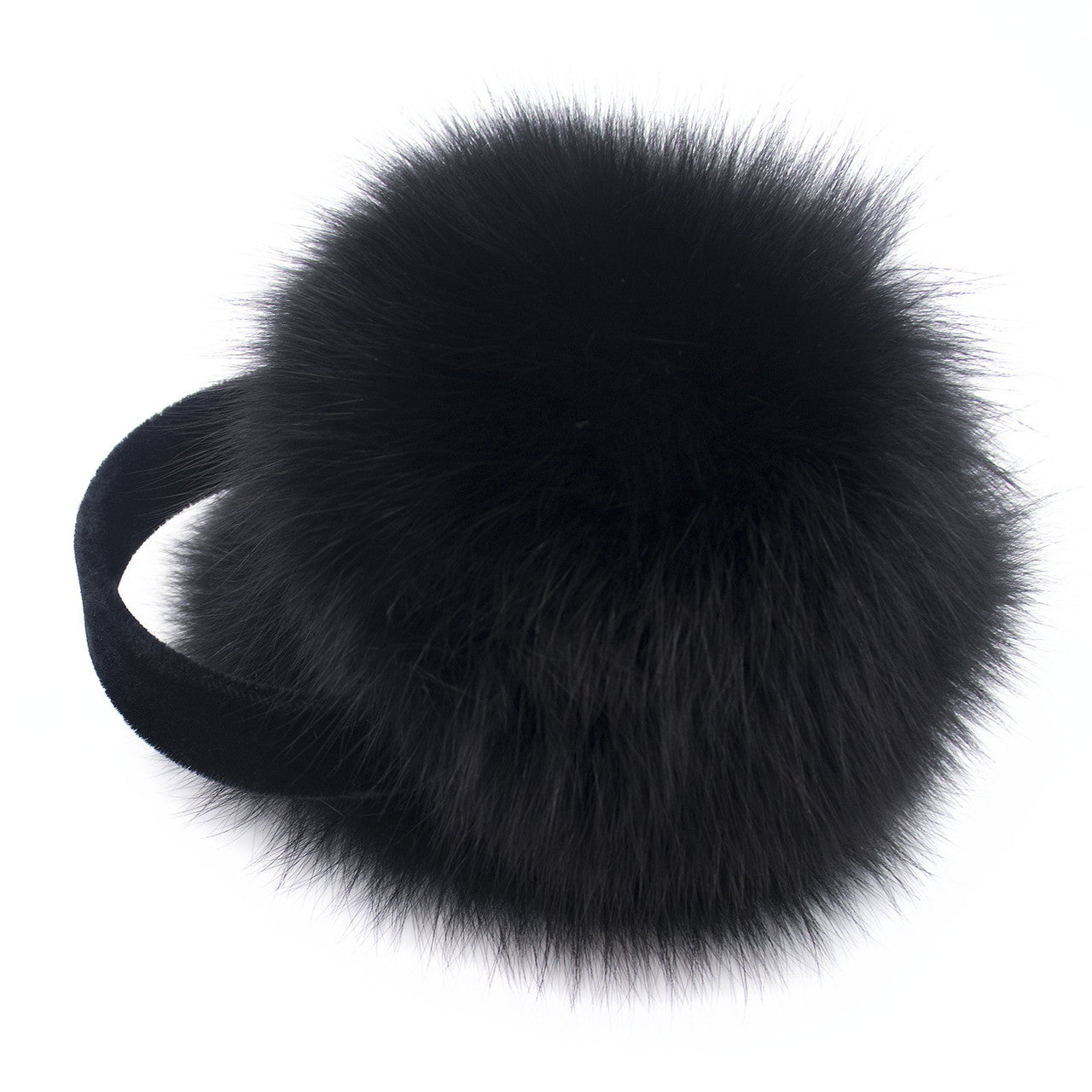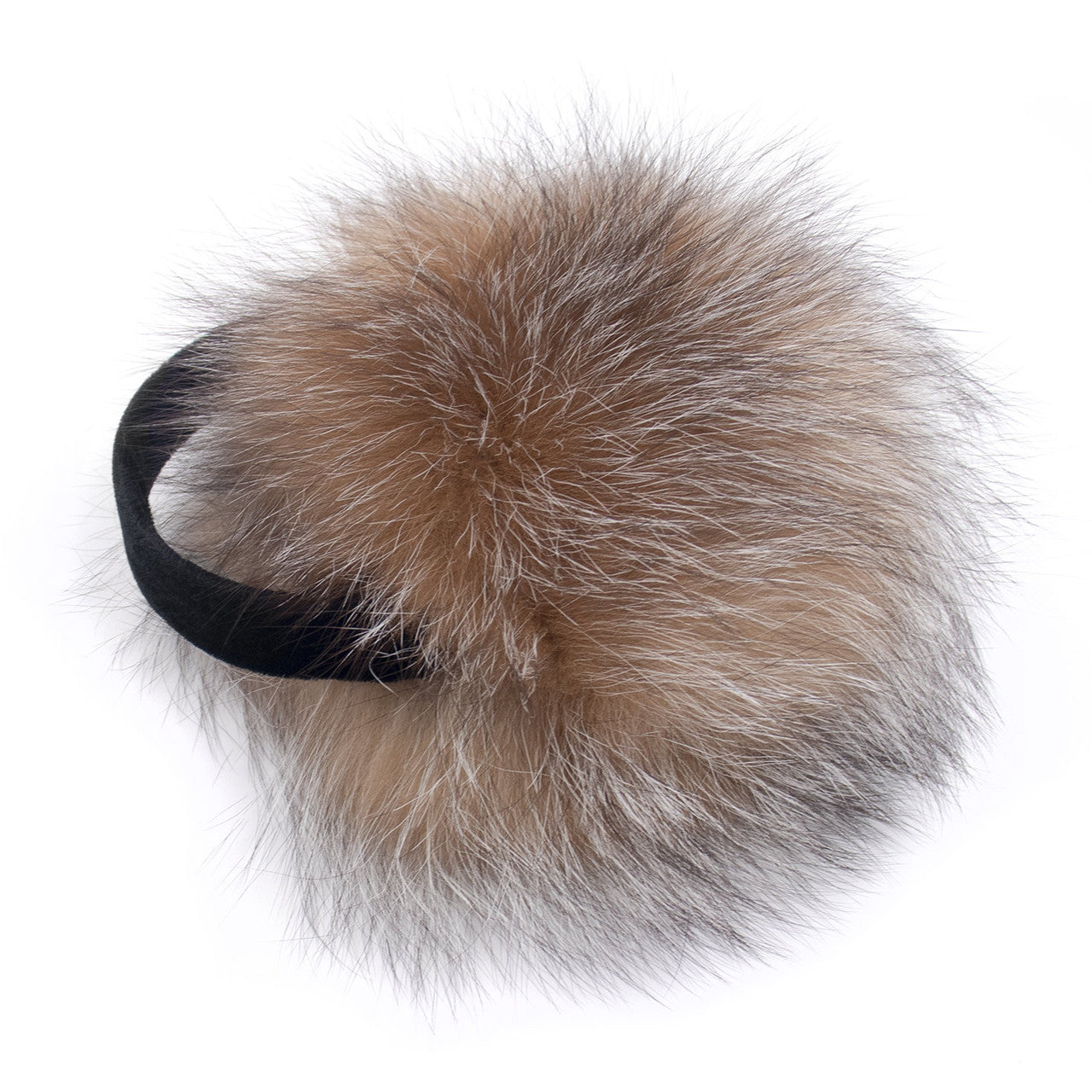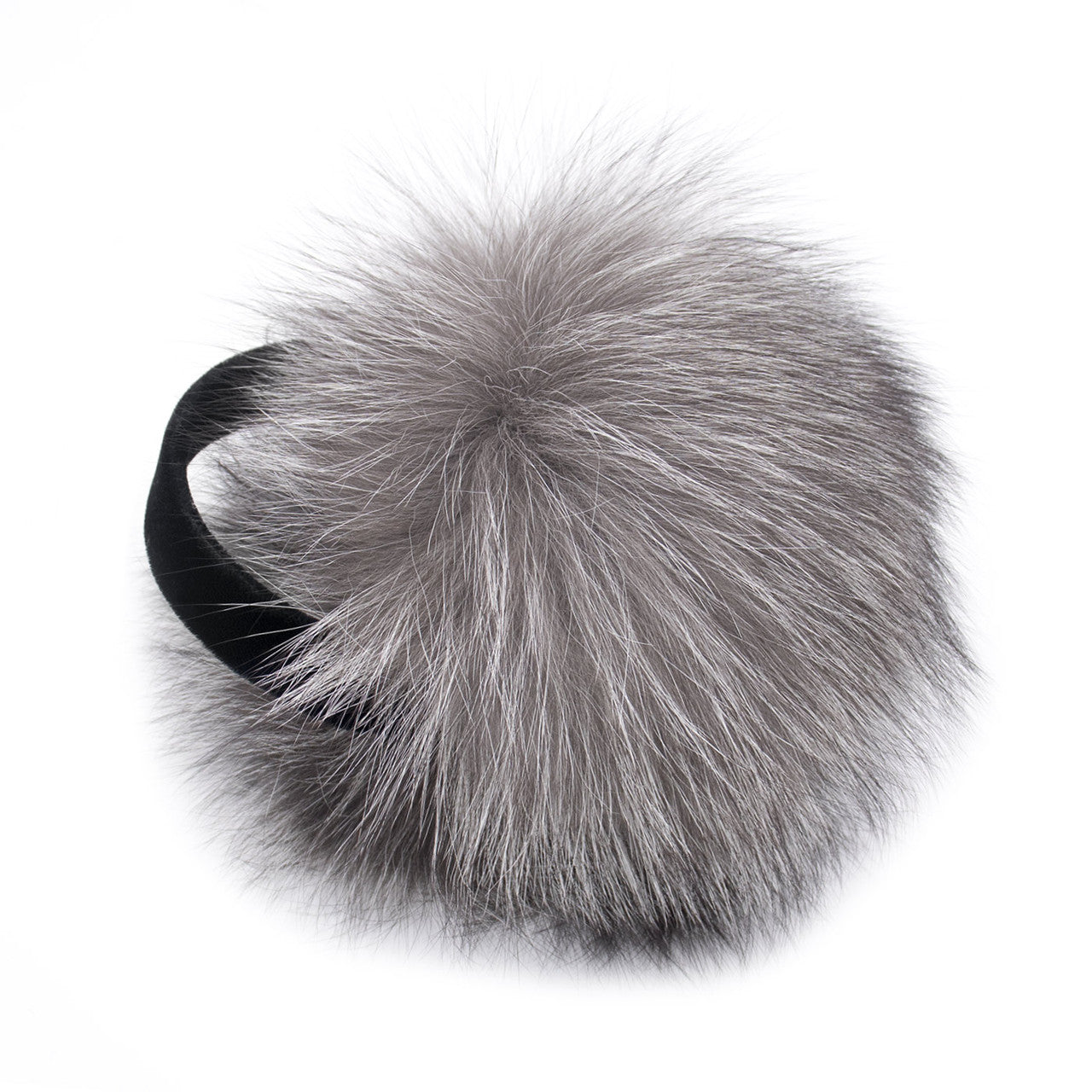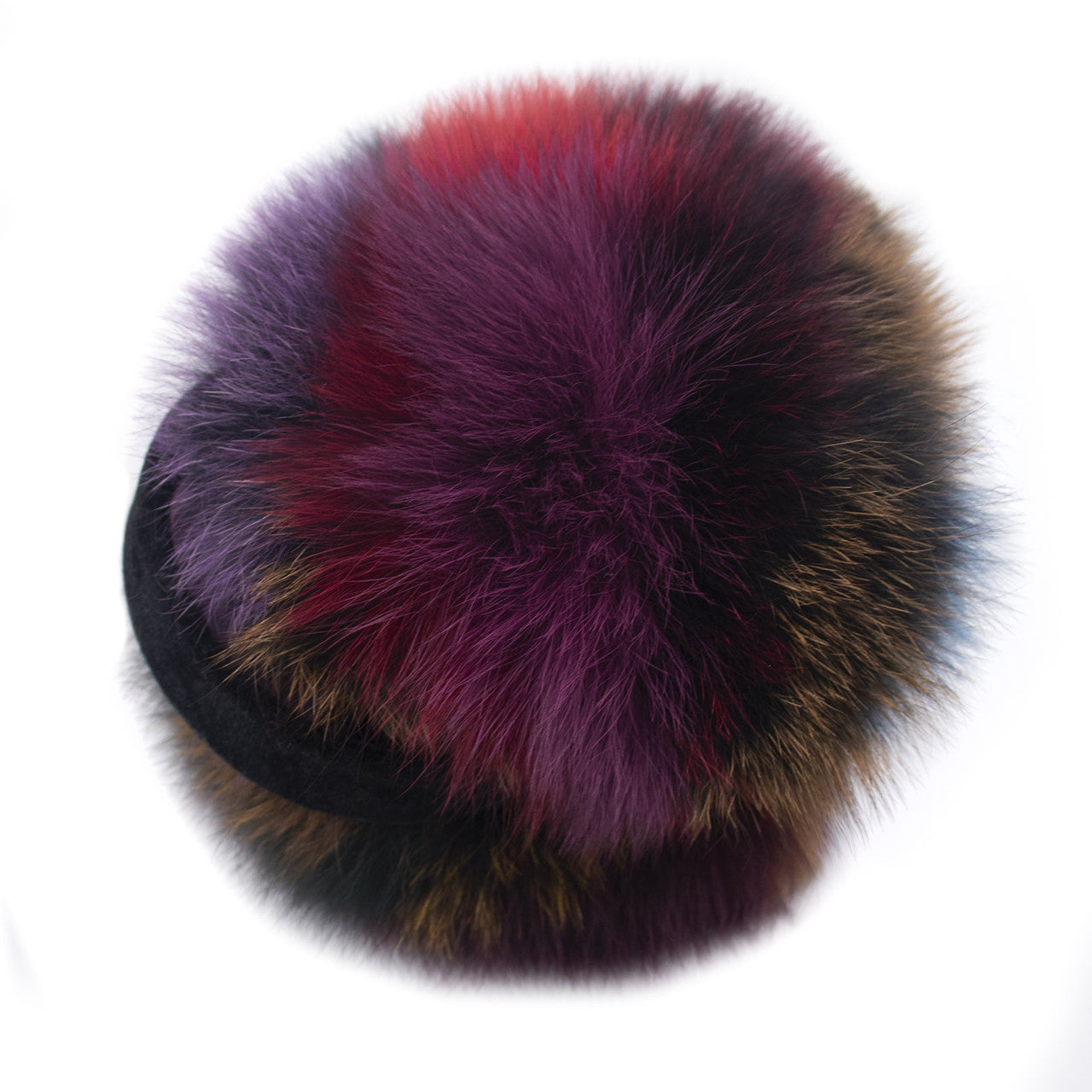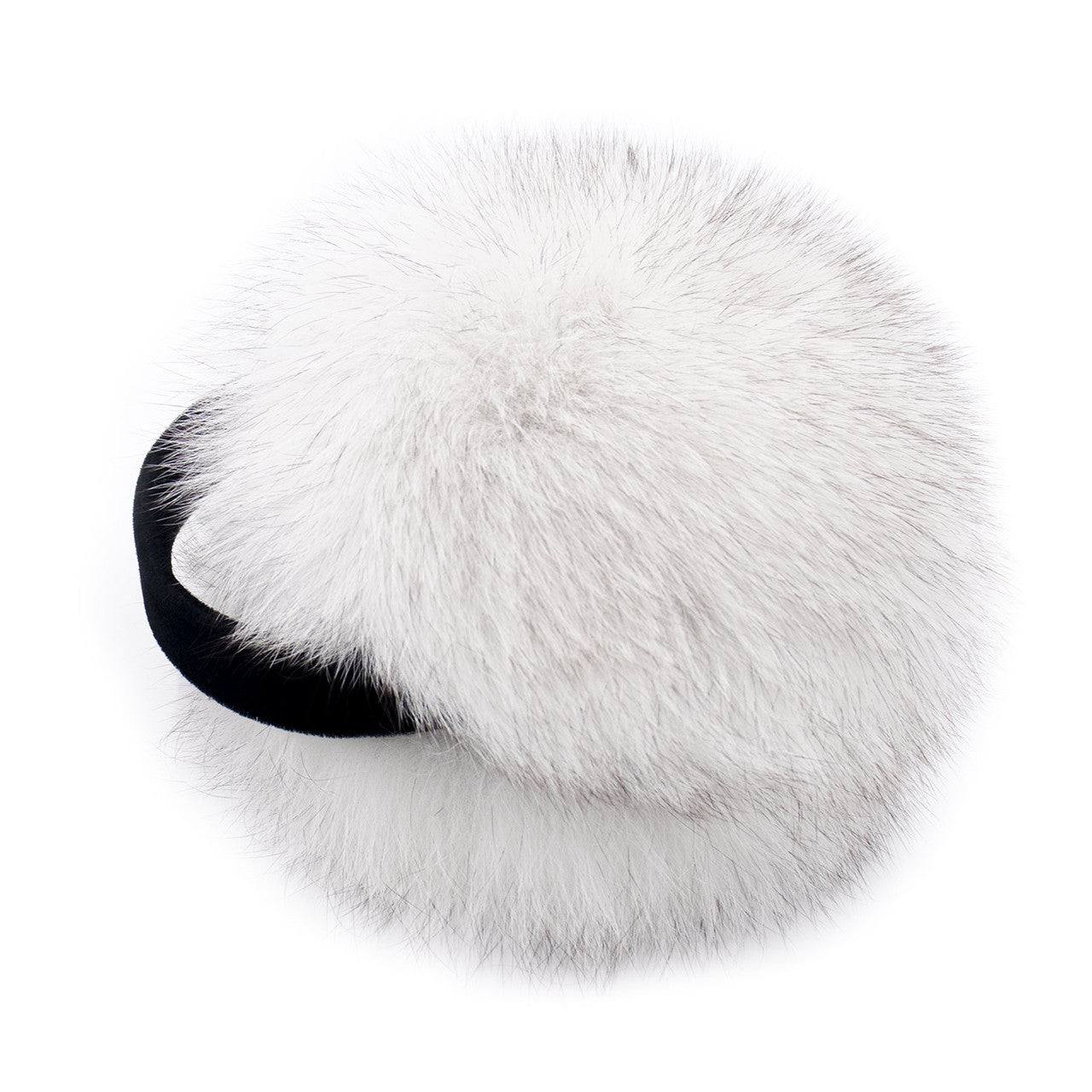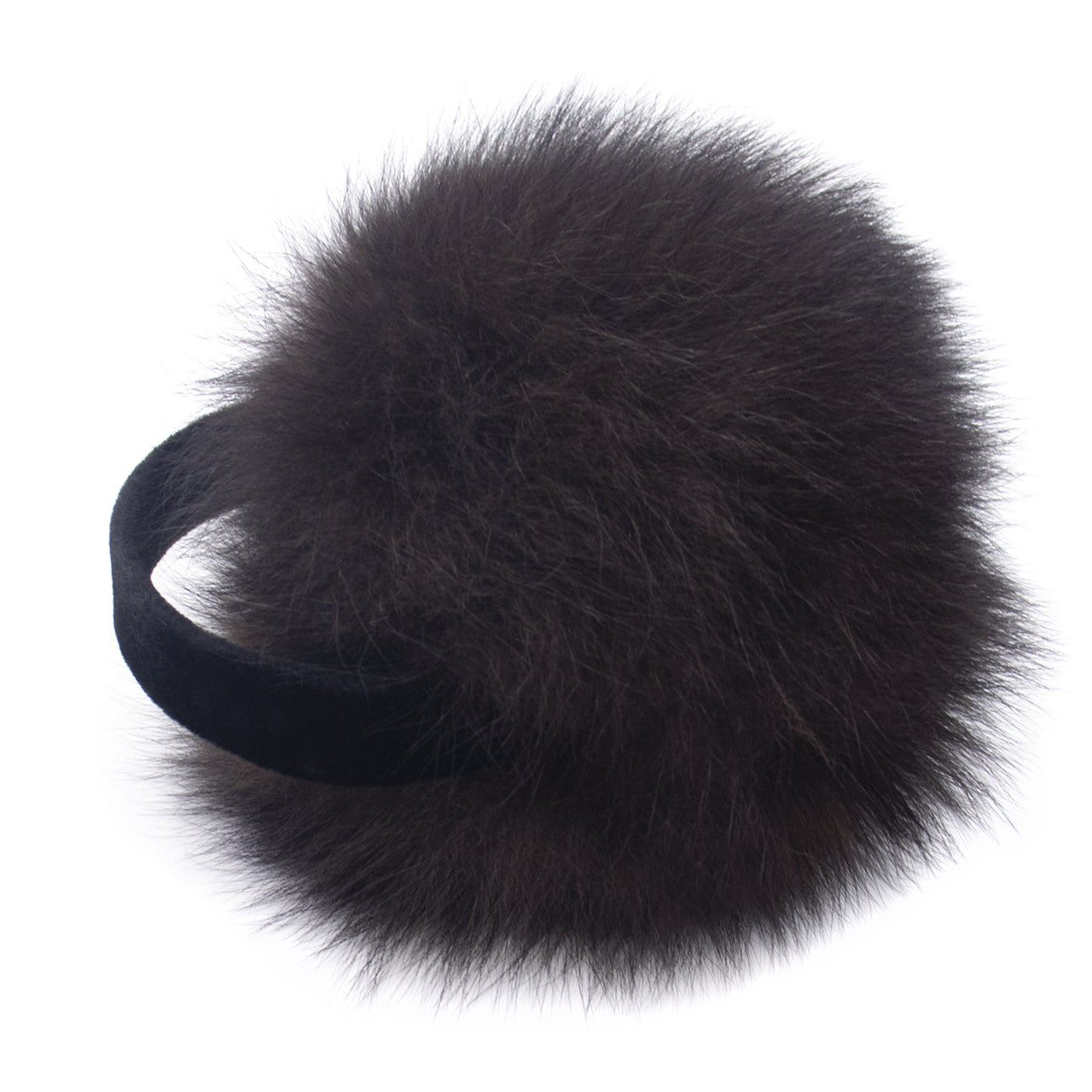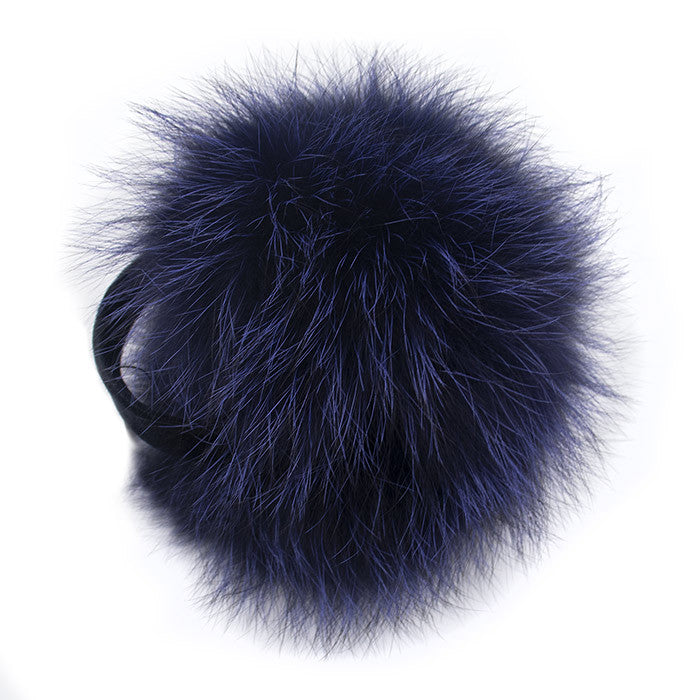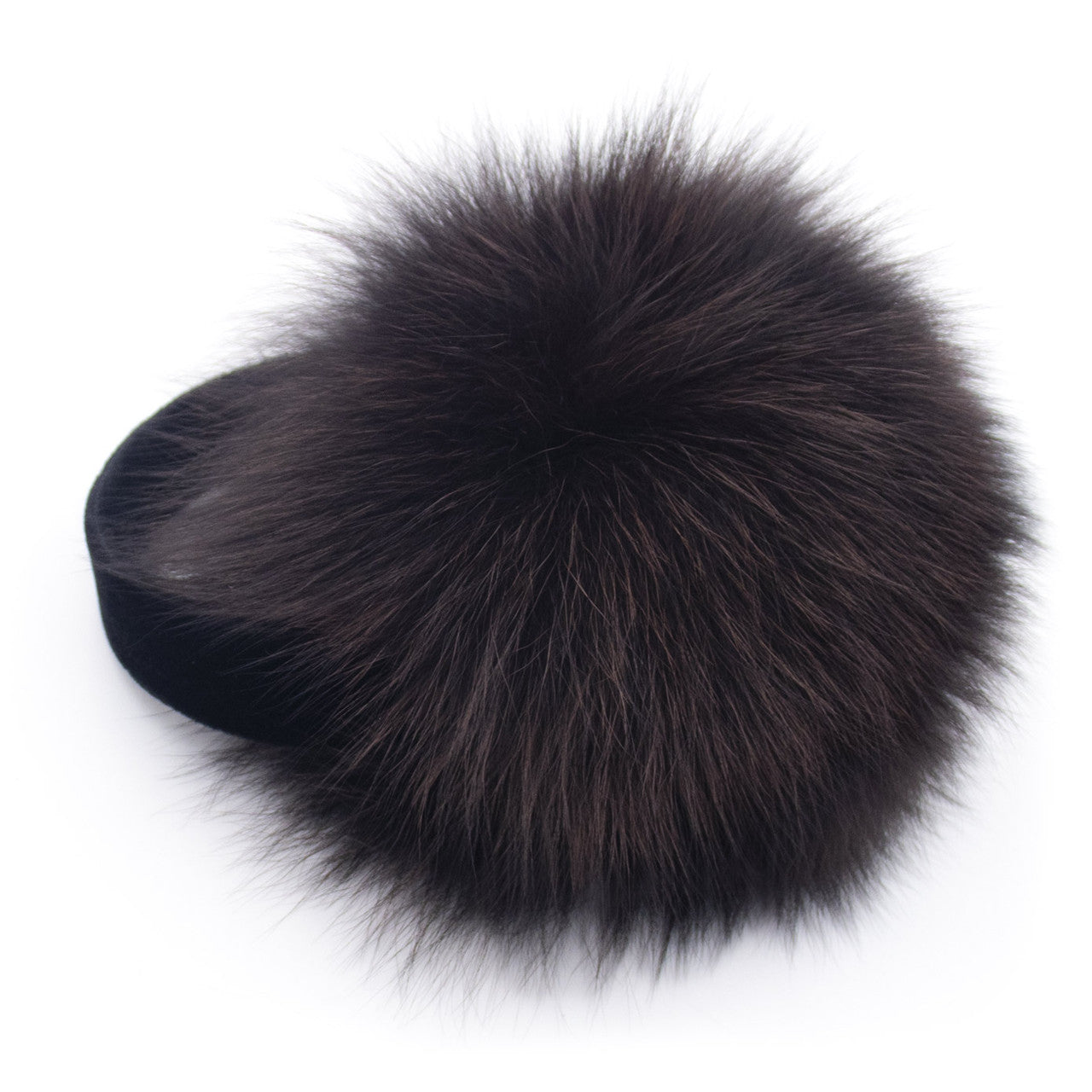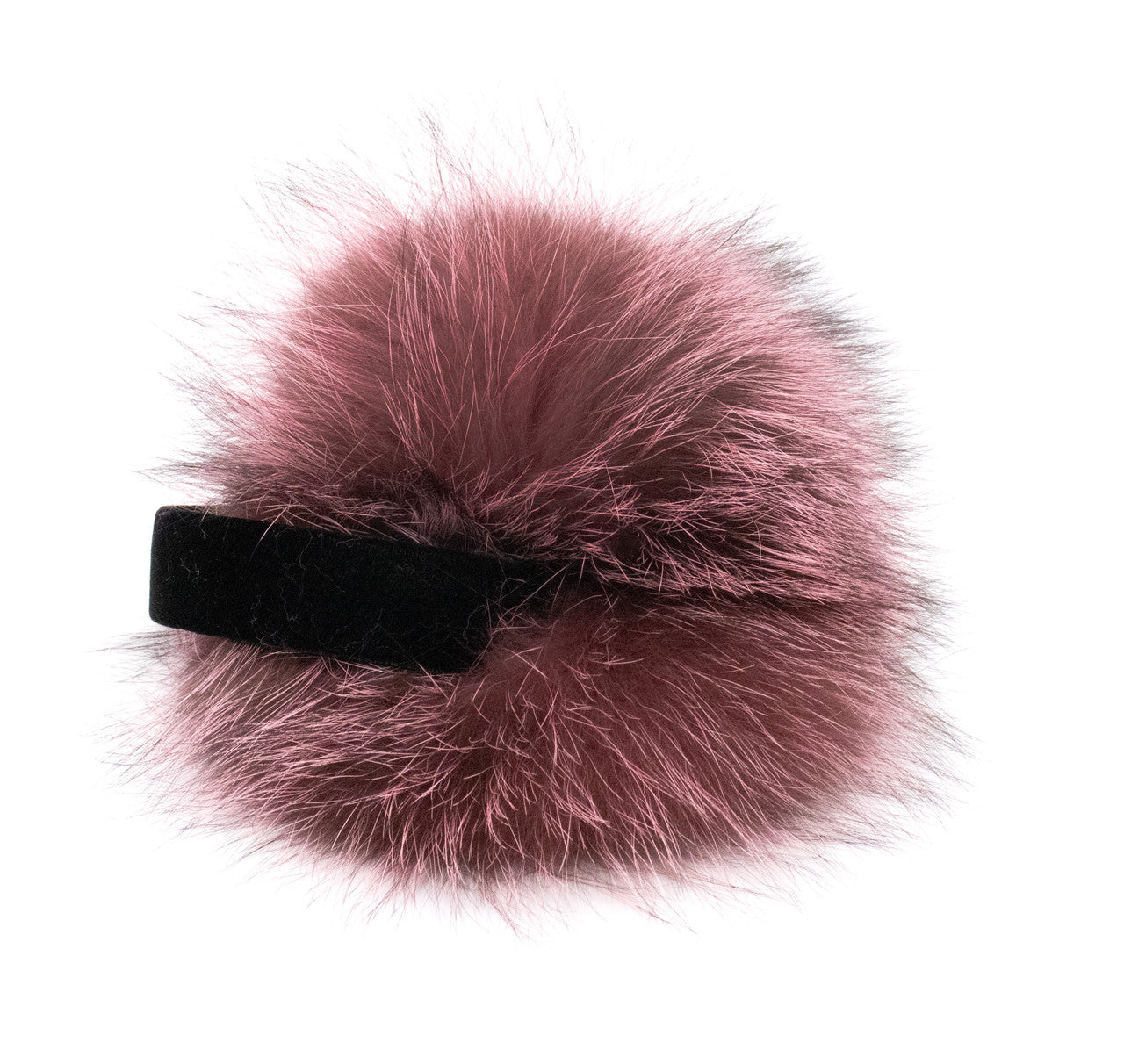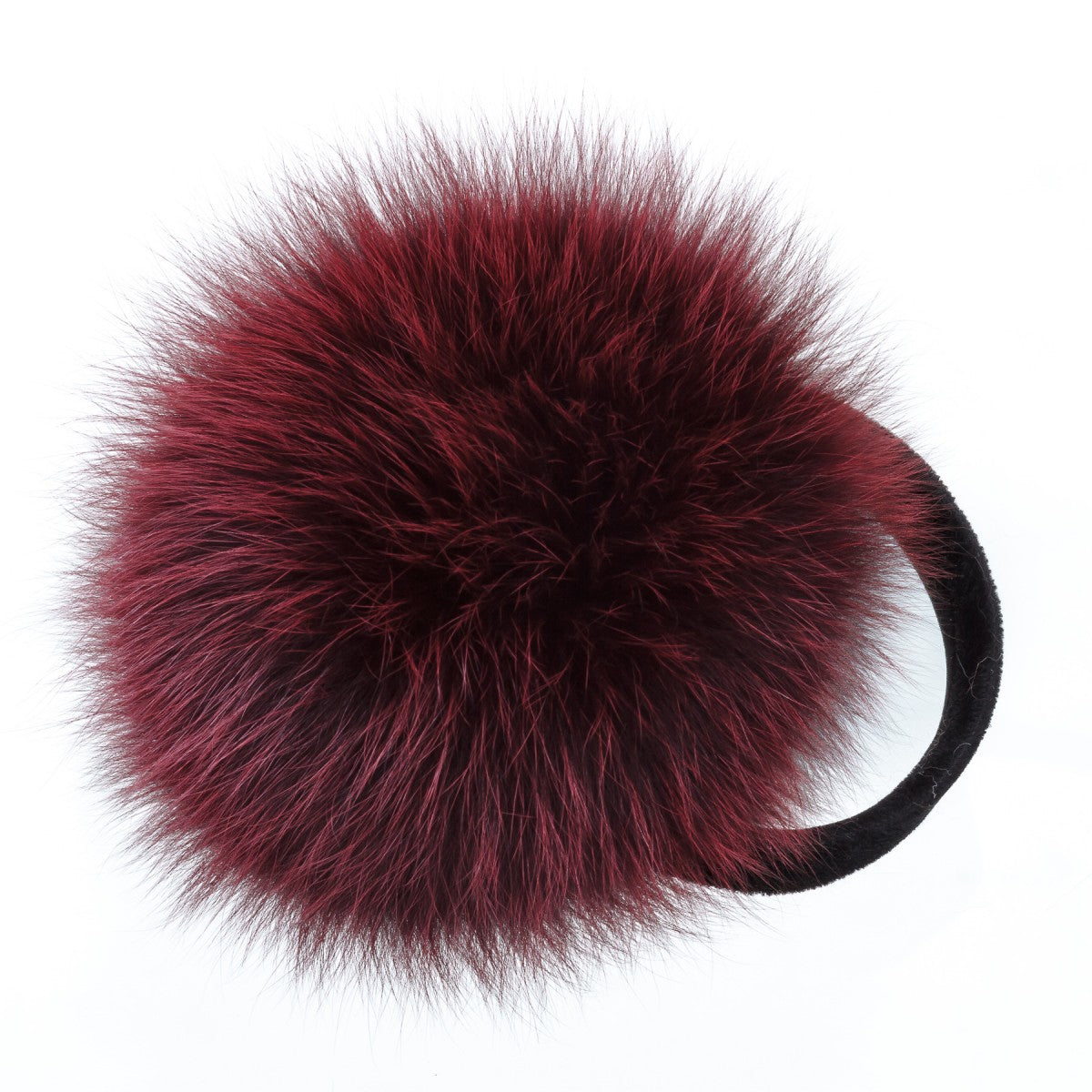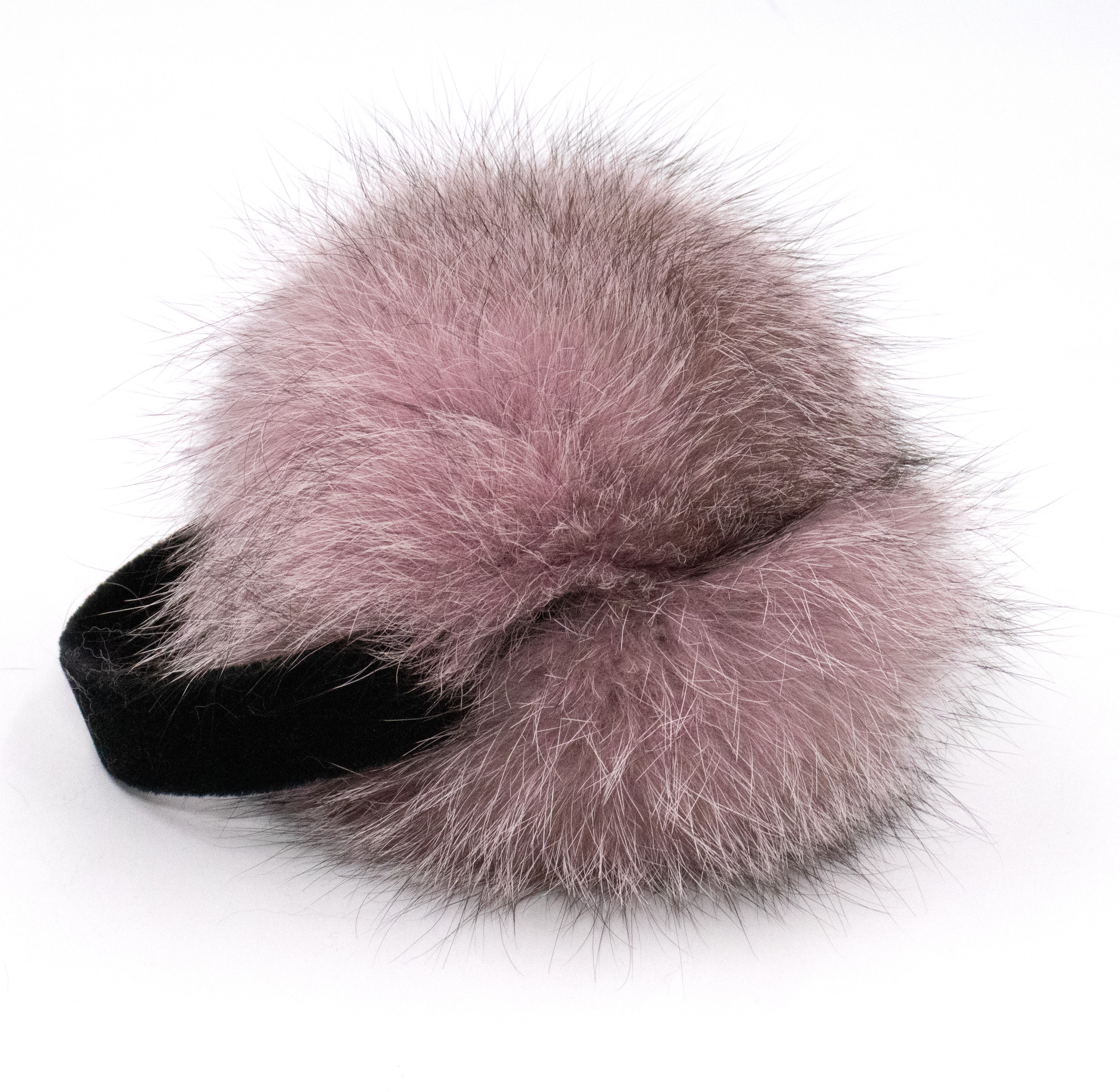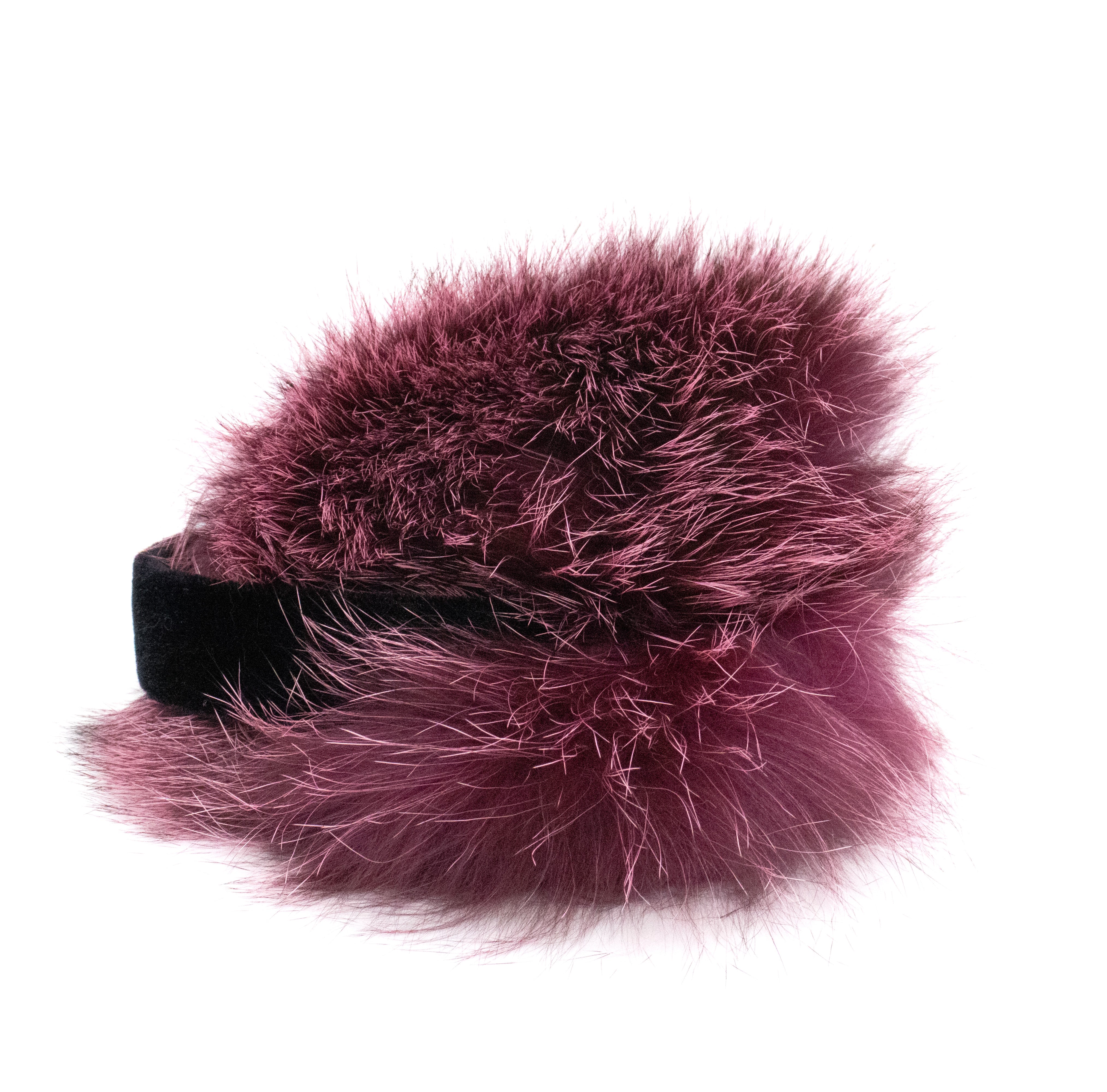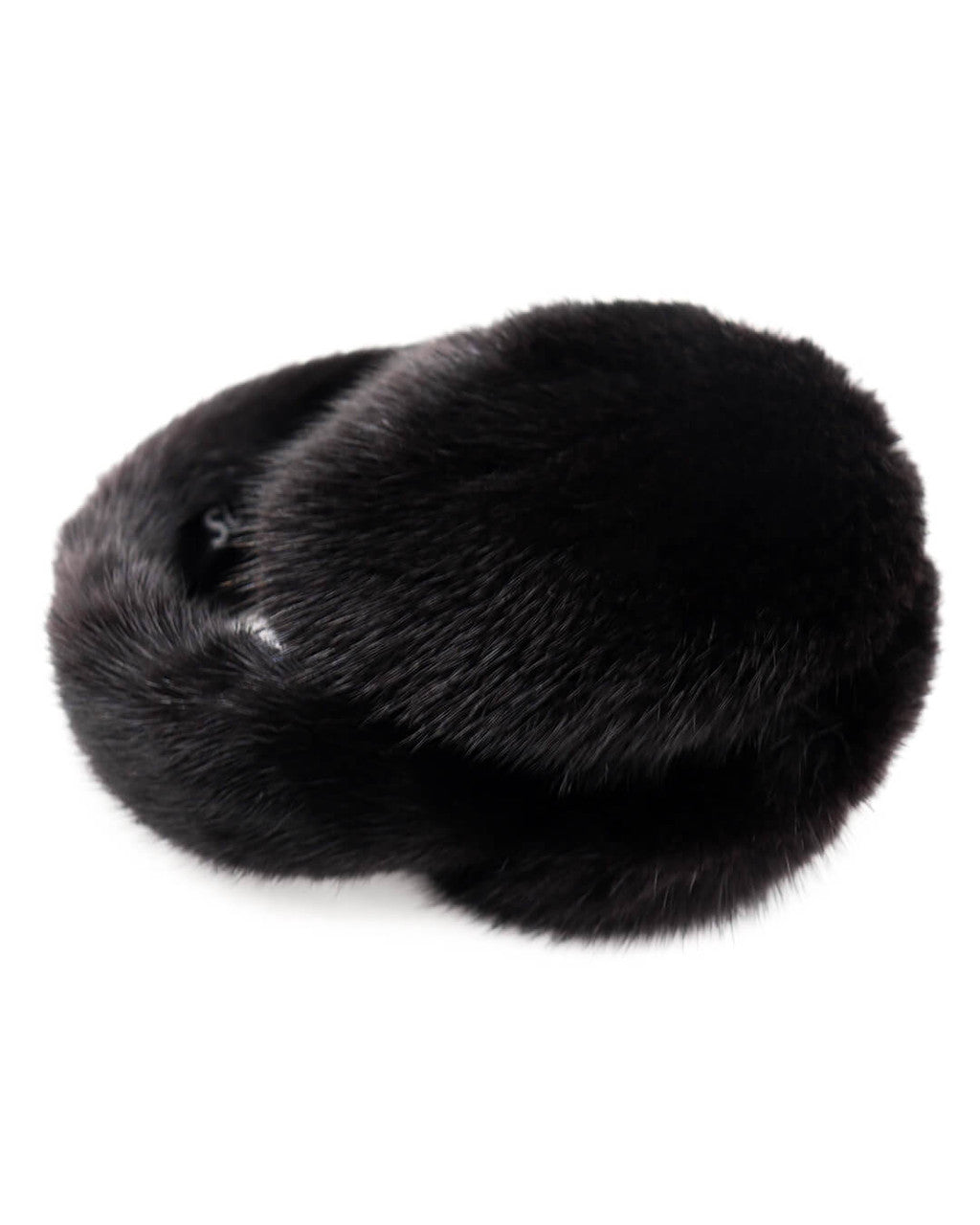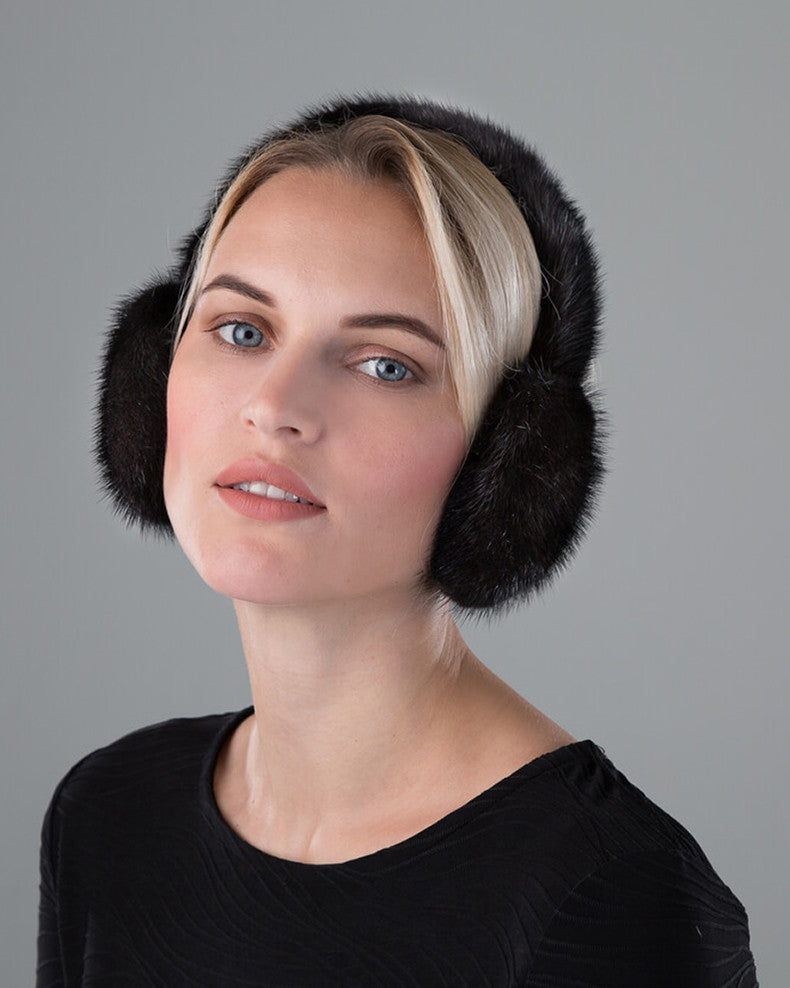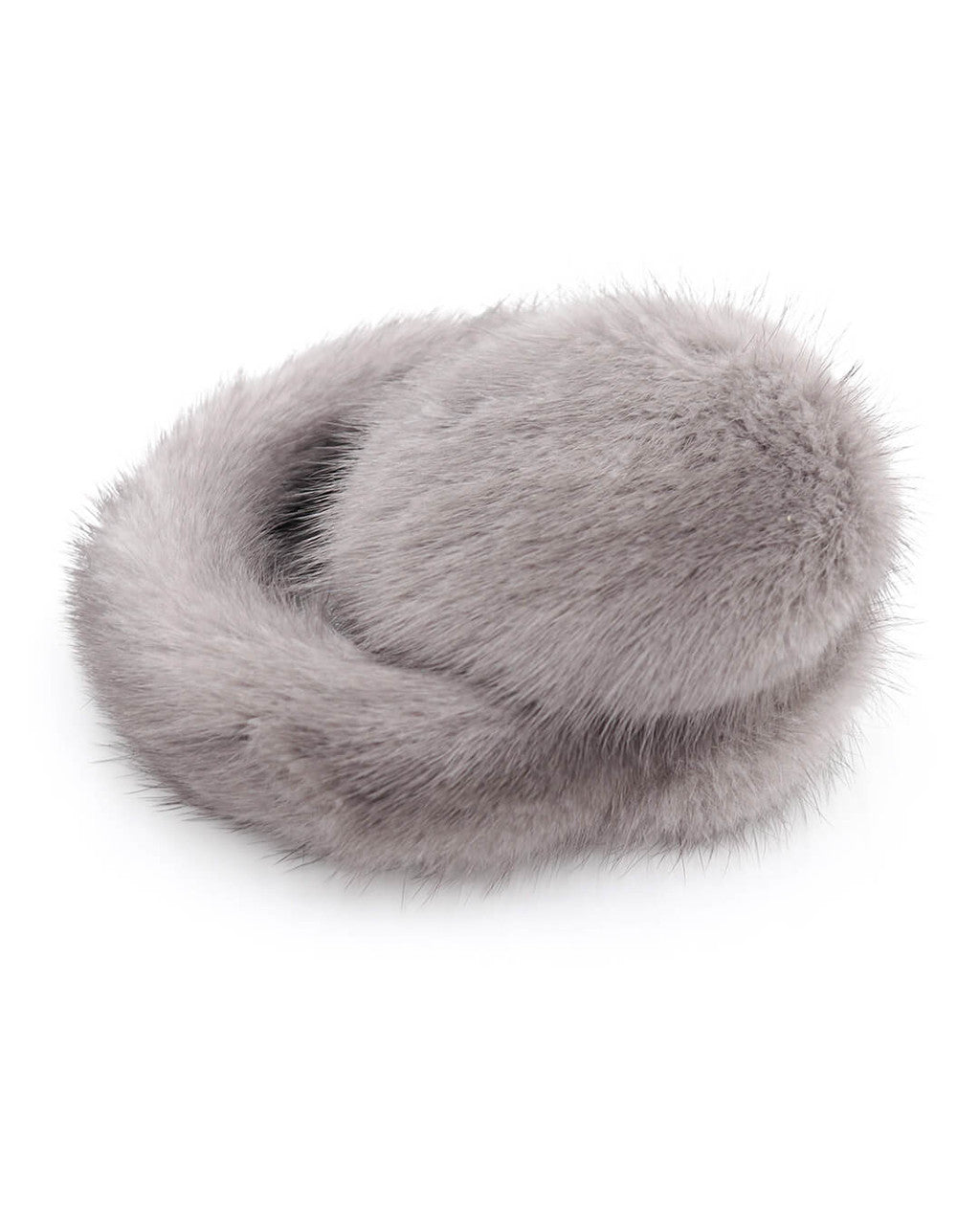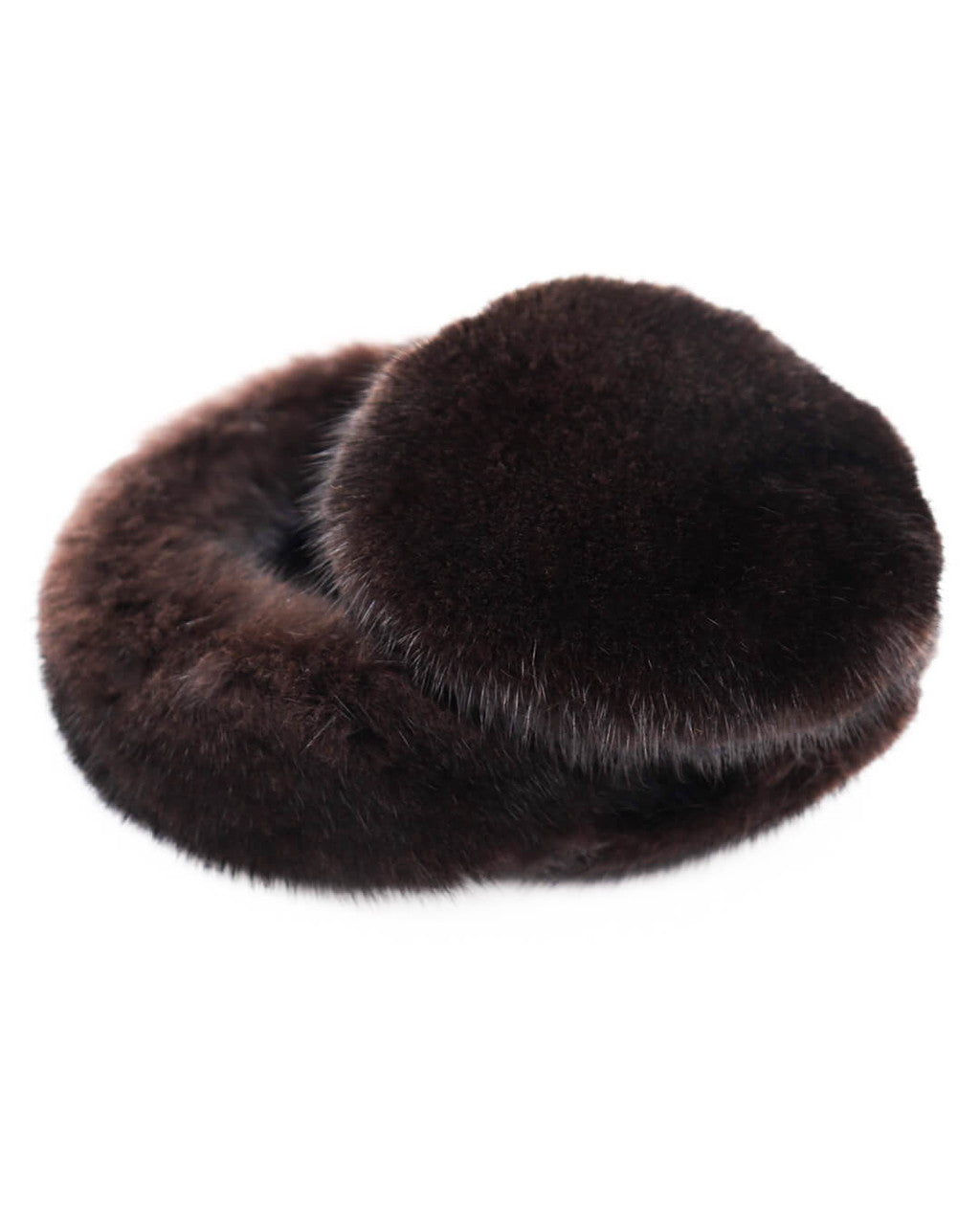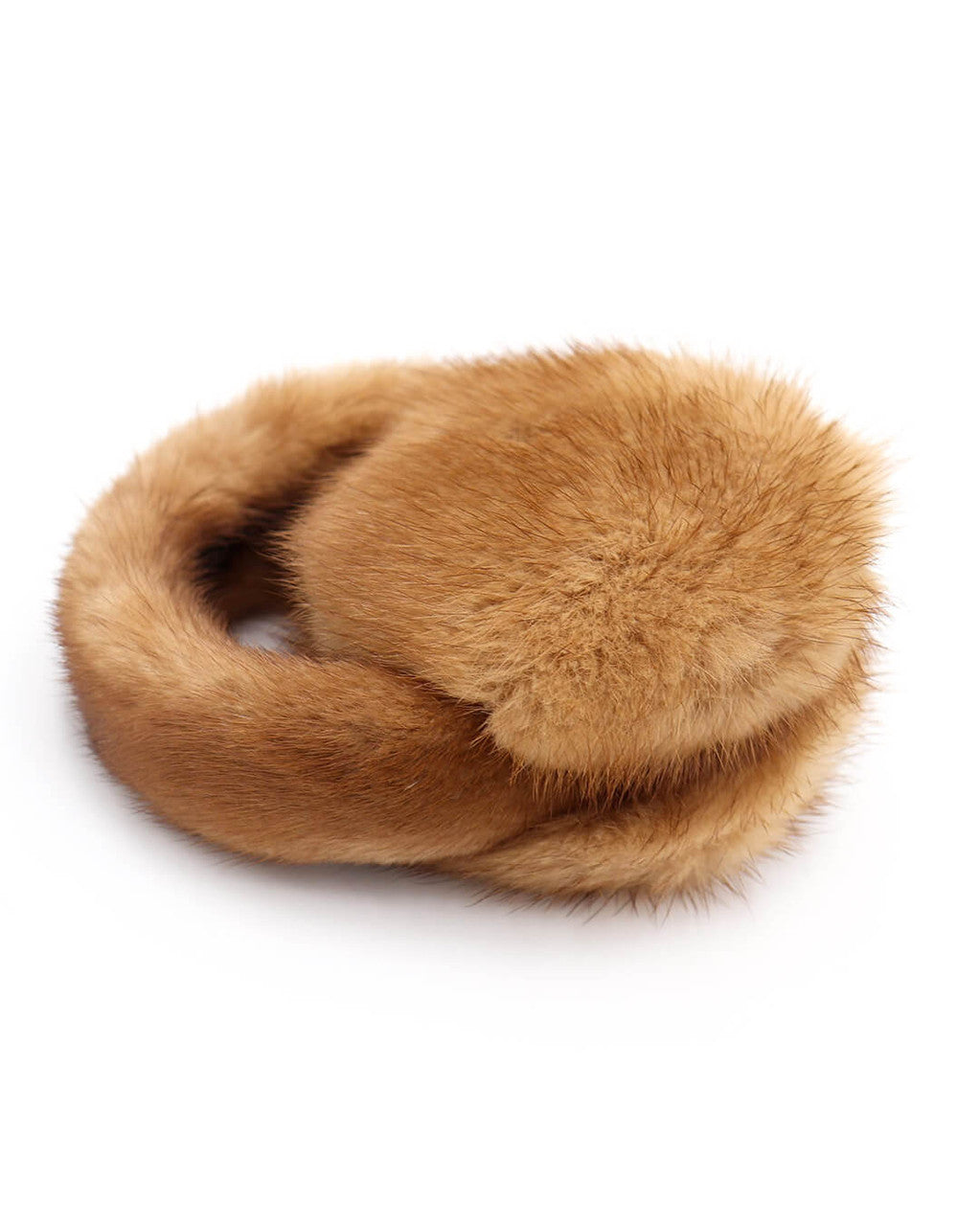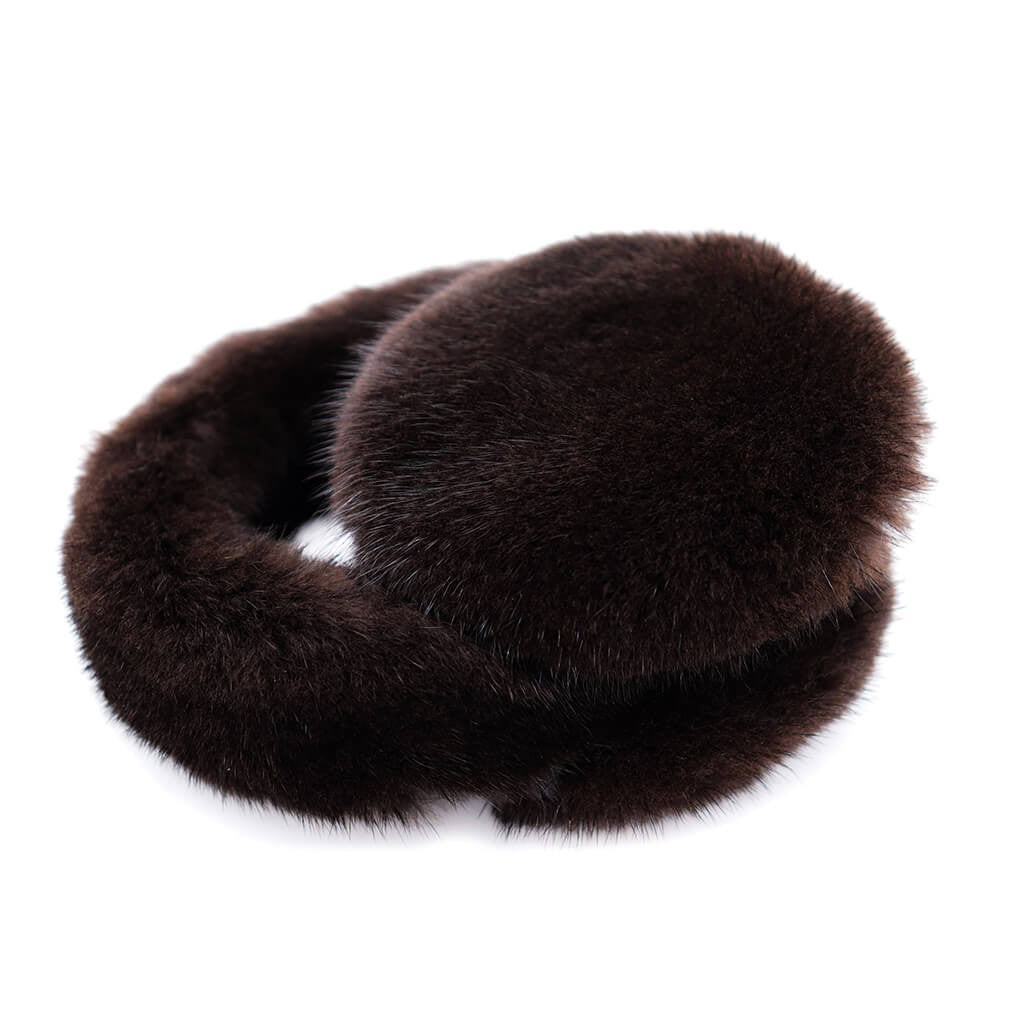A Brief Look at the History of Fur in Fashion
Cold weather and fur have always been partners in crime. If one was there, the other was right beside it to keep the perfect balance between cold and warmth. From the earliest times of our existence we wore fur to protect ourselves from the weather. But that begs the question, why fur? A closer look at the relationship of fur and western fashion through history may give us a deeper understanding.
Fur and Royalty
Since the 11th century, fur has been a staple of fashion among western royalty. In the 13th and 14th century squirrel fur found it's way into popularity. It wasn’t until the mid 1390’s when King Richard II, the ruler of England at the time, started to wear ermine, mink, sable, and chinchilla. This switch had a lot to do with the changing styles of the time. The color and appearance of squirrel fur is subtle and light, which complimented brightly colored wool garments which was popular in the 13th and 14th centuries. Furs such as mink have a much richer and full appearance, which complimented the more extravagant styles which were popular in the 15th and late 14th centuries. Dark silk, velvet, and damask garments lined with mink, ermine, and chinchilla were considered the height of royal fashion. The natural brown color of the mink greatly complimented those dark, elegant fabrics. These furs quickly became reserved exclusively for royalty and other high-ranking classes. Fur saw a decline in popularity in the 16th century when advancements in heating methods greatly lessened the need to dress warmly inside. Quilted gowns and jewels became the new style of royalty.
Re-adoption of Fur into Culture
In the late 1800’s, France and Russia had formed an alliance. Introduced to the Russian fashions, such as fur hats, scarves, and cuffs, many took interest. This reinvigorated the interest of fur in western fashion and evolved it. Rather than having fur lining, fur was now worn on the outside of garments and accessories. This new style was used to create new garments such as stoles and fur wraps. Fox, sable, buffalo, and beaver were commonly used. By this time technological advancements made these garments more accessible to the general public as well. Machines sped up production and were able to weave texture and patterns into the fur, creating more variety of colors and looks.
Fur in the 20th and 21st Century
Further advancements in technology made the availability of fur grow even more. Although luxury fur could always run a high price tag, such as mink and silver fox, those not able to afford these were able to buy a trimmed coat and less valuable furs for a reasonable cost. By the 1930’s fur was incredibly popular and used by designers in a high capacity.
Bibliography
Elspeth M. Veale, The English Fur Trade in the Later Middle Ages (London, 2003), British History Online http://www.british-history.ac.uk/london-record-so... pp, 133-155
“Fur.” Fashion Encyclopedia, Advameg, www.fashionencyclopedia.com/fashion_costume_cultu...
Mahe, Yvette. “History of Fur in Fashion: Introduction.” History of Fur in Fashion: Introduction, History of Fashion, 4 Dec. 2011, www.fashionintime.org/history-fur-fashion-introduction/.
Check out some of our classic fur accessories that won't go out of style!
Mink Fur Earmuff with Velvet Band
Available in black, brown, gray, and whiskey for $120
Knit Infinity Loop with Fox Fur Trim
Available in a black knit with black, a grey knit with blue frost, and a navy knit with navy for $125
Rex Rabbit Textile Knit Mittens with Fox Fur Trim
Available in black for $125

